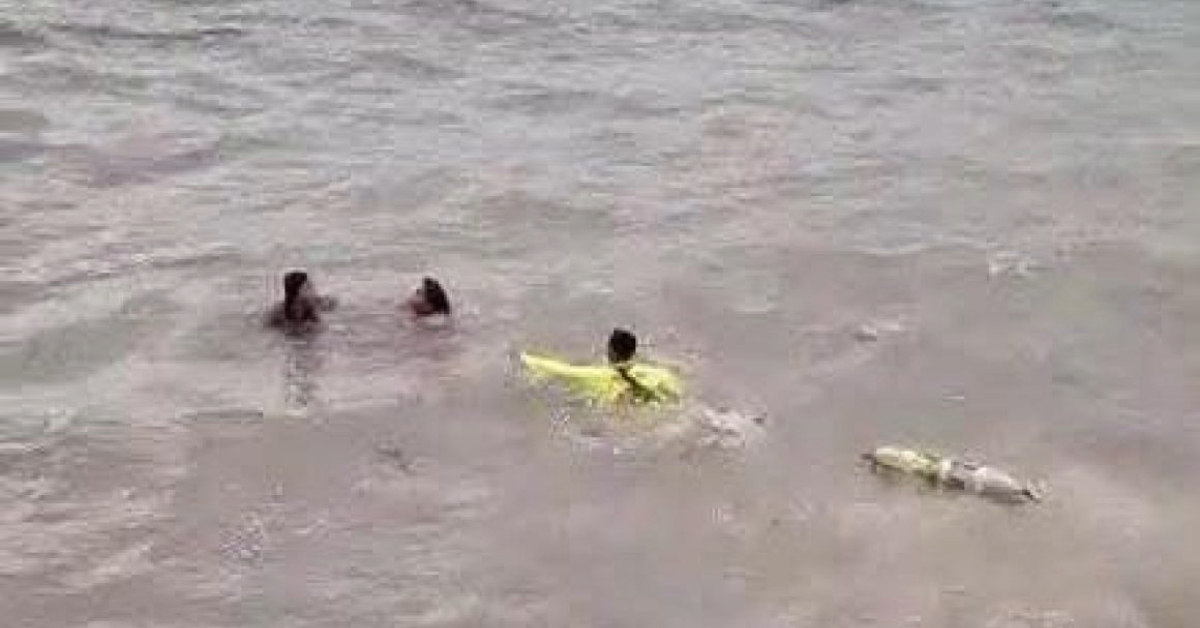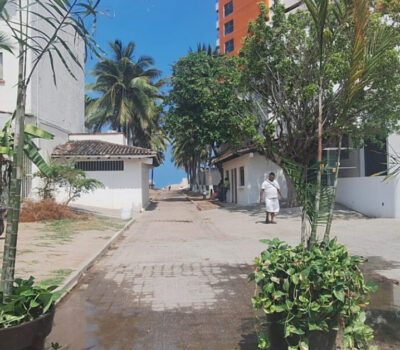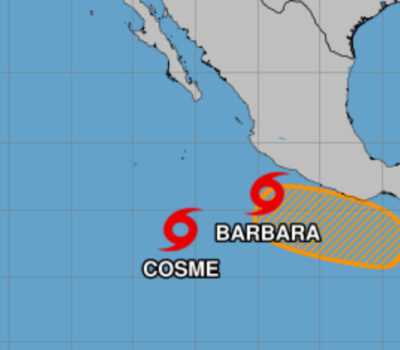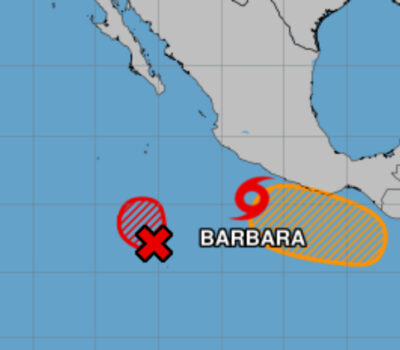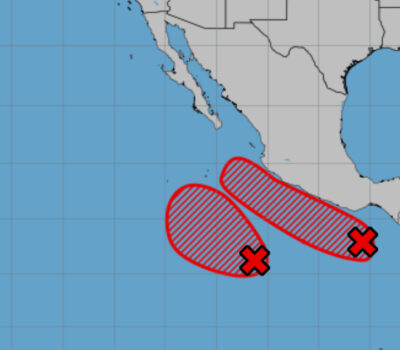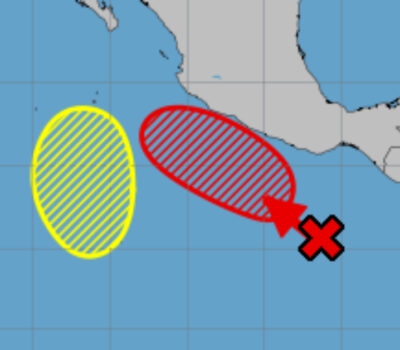Lifeguards carry out a rip current rescue in Puerto Vallarta at Los Muertos Beach, saving two swimmers caught in strong currents. Learn rip current rescue tips and beach safety warnings.
On Sunday afternoon, members of the Civil Protection Directorate’s lifeguard unit sprang into action at Playa Los Muertos in Puerto Vallarta to rescue two bathers caught in a powerful rip current. According to the Directorate’s official report, a man and a woman entered the water but were unable to return to shore as the current drew them seaward. Lifeguards executed two swift water‐rescue maneuvers, bringing both individuals safely back to the beach and averting what could have been a fatal incident.
Rip currents—often called “rip tides” or “return currents”—are narrow, fast-moving channels of water flowing away from the shore. They form when waves break strongly in some locations and weakly in others, creating a seaward surge through the path of least resistance. An average rip can move at speeds of 1 to 2 feet per second, fast enough to overpower even experienced swimmers. Rather than battling the current directly, experts recommend swimming parallel to the shore until free of its pull, then returning to land.
Drowning remains a significant global health issue. Worldwide, an estimated 236,000 people die from drowning each year, making it the third leading cause of unintentional injury death. Children aged 5–14 are among the highest‐risk groups. In high-income countries such as the United States, authorities record between 3,500 and 4,000 fatal drownings annually—roughly 10 per day—with many incidents linked to rip currents, lack of supervision, or alcohol use.
In Mexico, lifeguard services and Civil Protection units play a critical role in mitigating these risks. Puerto Vallarta’s beachfront teams are trained to monitor sea conditions continuously and respond immediately when swimmers signal distress. The timely rescue on Sunday underscores the importance of constant vigilance and preparedness by both authorities and beachgoers.
Officials urge residents and visitors alike to heed safety warnings:
- Observe flag systems (green for safe, yellow for caution, red for high hazard).
- Never swim alone, and stay within designated, supervised areas.
- Learn to identify rip currents by looking for channels of churning, brownish water or gaps in the wave line.
- Follow lifeguard instructions and avoid entering the sea under adverse weather or surf conditions.
By respecting these guidelines and understanding the dangers posed by rip currents, swimmers can enjoy Puerto Vallarta’s waters more safely—and lifeguard teams can focus on prevention as much as rescue.
Lifeguards carry out a rip current rescue in Puerto Vallarta at Los Muertos Beach, saving two swimmers caught in strong currents. Learn . . .

